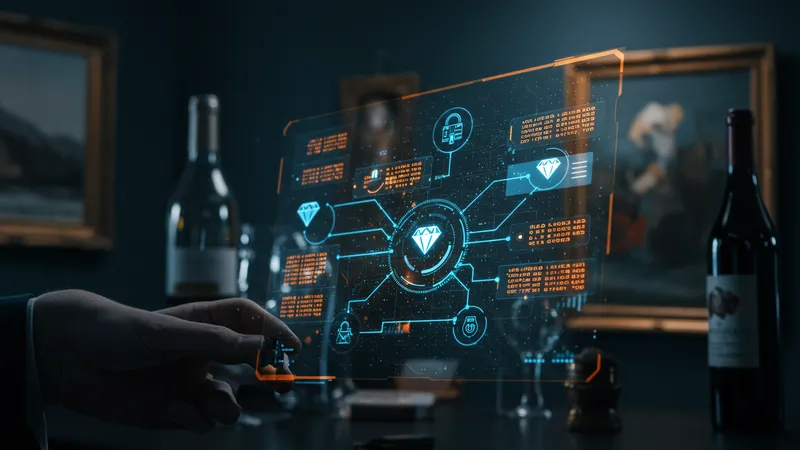
Blockchain Expanding Beyond Cryptocurrency Applications
Authenticity and Provenance in Blockchain Expanding Beyond Cryptocurrency Applications
Everledger exemplifies how blockchain can conquer fraud in high-value asset markets. Diamonds, fine wines, artworks, and other luxury items are uniquely vulnerable to misrepresentation or theft. By registering each asset’s full history—including origin, custody, and sale—on a permanent blockchain, Everledger ensures that every stakeholder, from manufacturers and insurers to retailers and collectors, can verify authenticity instantly and without ambiguity.

For the diamond industry, a sector plagued by illicit trading and “blood diamonds,” using blockchain turns due diligence into a streamlined process. Every physical asset receives a digital twin with a unique identifier and transaction log. Insurers, underwriters, and even consumers can consult this ledger, greatly minimizing disputes. This has prompted other luxury industries to follow suit, with applications in fashion, spirits, and rare memorabilia secure in blockchain’s incorruptible records.
Authentication is also vital in today’s globalized art market, where provenance disputes can cripple sales or spark legal battles. Blockchain-led solutions help galleries, auction houses, and buyers eliminate uncertainties, reducing the risks of buying forgeries or mispriced works. As more asset classes are digitized and tracked, the ripple effect is improved market stability and confidence among stakeholders.
The reliability and specificity of blockchain-based authenticity systems pave the way for further innovations, potentially extending to pharmaceuticals, electronics, and collectibles. As these developments unfold, the next section turns to another critical domain—how voting and civic engagement are being transformed by blockchain’s verifiable record-keeping principles.